1988 Infocom
Platforms: Apple II GS, PC
Quarterstaff: The Tomb of Setmoth is an RPG title that was created for the Apple Macintosh back in 1988 for Infocom. It featured text entry, but also a dynamically generated map and graphics throughout the game. The game was developed by Scott Schmitz and Ken Updike.
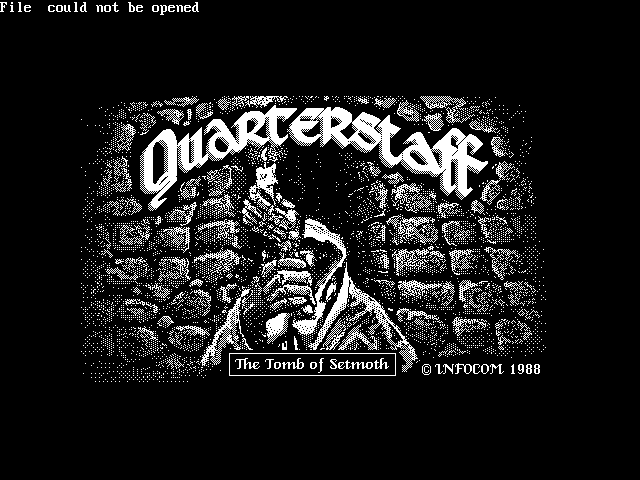
In the game you would control Titus, sent by the Druid Council to explore remains of an abandoned colony. Along the way, you meet and recruit friends and improve your skills as you try and progress through the game.
According to a wikipedia page on the game, the PC and Apple II developments were cancelled due to poor sales. This seems a huge shame, as the Macintosh game was very well received. Was that really the case?
Both games remained lost, but in September 2024 – archivist Ken Van Mersbergen got in touch to say that he had recovered the PC version of the game and flagged that it had been added to archive.org. So here is our GTW entry for the title and the PC version saved. Can the Apple II version now be saved as well?
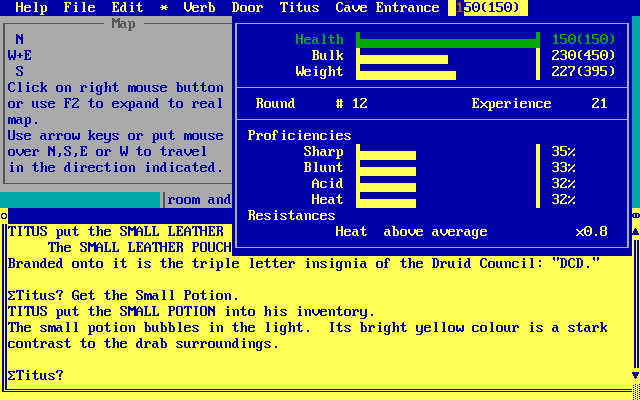
The game utilizes the DOS interface for the text areas, but generates the dynamic map in a very similar way to the Macintosh edition. Some screens are replicated from that version, but there are also colour screens too and various sounds included – which I didn’t get going at the time when I was quickly testing for screenshots + a video … it utilizes Tandy DAC sound support. However, contributor Gunther in the credits offered the following solution:
“For what it’s worth, I got sound working using Dosbox-X and doing the following:
– set sbtype = none in the [sblaster] configuration
– set tandy = on in the [speaker] configuration
– install the game using Tandy as the video driver (it won’t work otherwise)You can easily test the sound by moving into a wall, which should produce an “unf!” sound.”
Many thanks Gunther!
Ken reveals that the PC edition was developed in the late 1980s and was ready for beta testing when it was cancelled. He suggests that the game may crash or glitch out, and some features may not work correctly. The PC edition was programmed by Ken Updike.
I have created a merged disk image file, so that you only need to mount one IMA file in Dosbox (it seems you can only mount multiple img files). Once mounted, you will need to run the setup to install to a virtual C: drive and then run the game. We have also added a solution file that we found online via wayback machine.
With huge thanks to Ken Van Mersbergen for his amazing preservation work and Gunther for suggestions for getting the sound working.
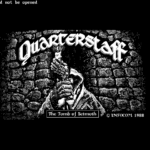
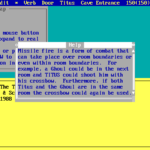

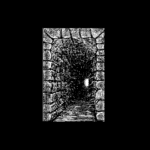

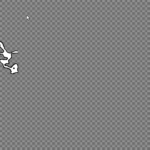

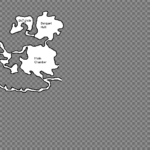

Have anyone completed it?
I tried to, but with no luck. The first half seems to be fine, but later too many bugs start to appear…
The most critical for me was the inability to do anything as a grue (the room name on the panel becomes garbled as well) and the inability to recruit Dirk, Sandra and Piffer – it is practically impossible to win without them :(
Will be interesting to see if anyone can complete it. It was due to be tested for bugs when it was cancelled, so it could well be incompletable in its current state. If it is, then hopefully someone might be able to fix it.
Yes: according to the Infocom Archives, the PC version was planned to start its beta-test in February 1989 – and to ship in June. Infocom in the form we know it closed its doors in May, although most other games that were in preparation then did actually appear later after all. But not this poor version. The files here are dated 1989, 1991 and even 1992, but it seems that it had not actually passed through that beta-testing stage…
Thank you for offering this. For what it’s worth, I got sound working using Dosbox-X and doing the following:
– set sbtype = none in the [sblaster] configuration
– set tandy = on in the [speaker] configuration
– install the game using Tandy as the video driver (it won’t work otherwise)
You can easily test the sound by moving into a wall, which should produce an “unf!” sound.
Ah that’s great, thank you Gunther! I’ve updated the post with the details and added a credit to you.